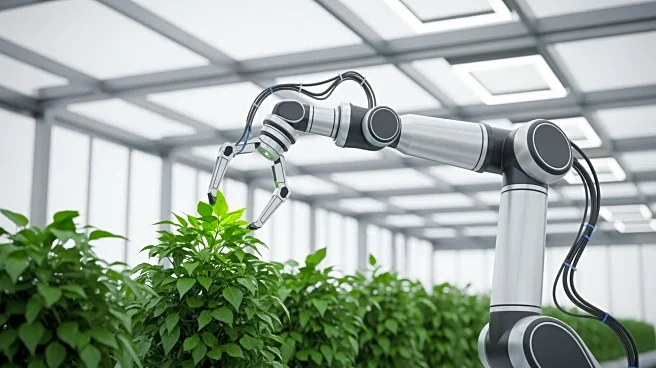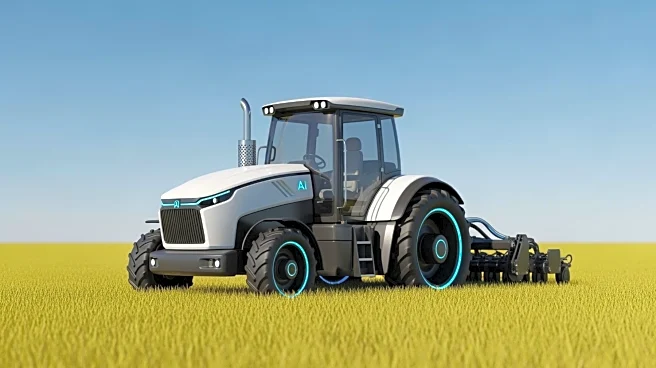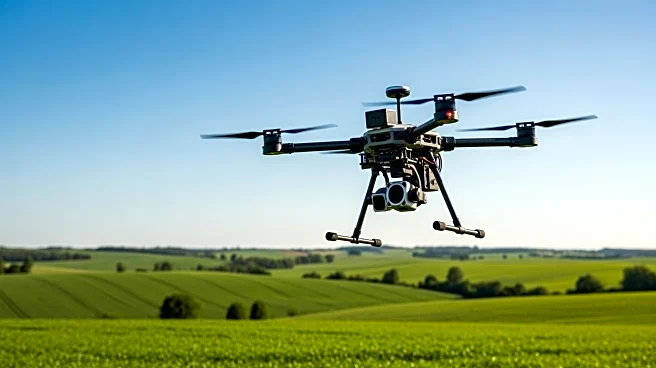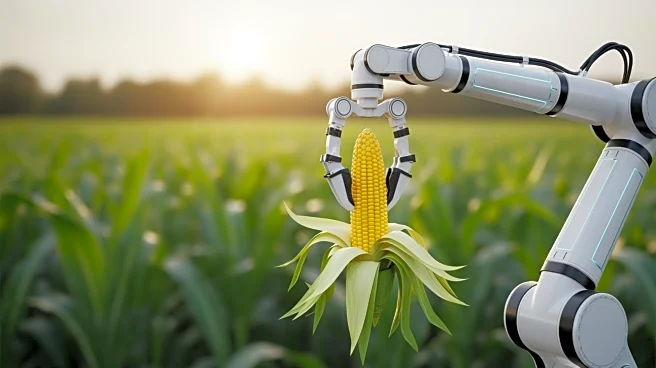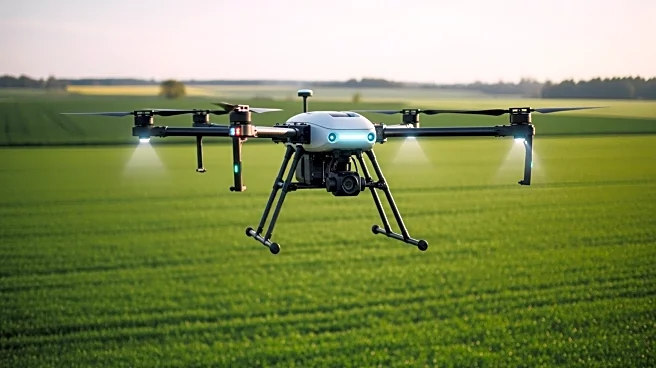What's Happening?
The agriculture sector is being encouraged to adopt more automation to make farming a lucrative business. Recent reductions in goods and services tax (GST) on agricultural machinery from 12-18% to 5% are
expected to boost mechanization in Indian agriculture. This shift aims to reduce dependence on human labor, which is becoming scarce due to migration from rural areas, and to ensure greater precision in farm operations, thereby increasing productivity and profitability.
Why It's Important?
Automation in agriculture is crucial for addressing labor shortages and enhancing efficiency in farm operations. By adopting mechanized processes, the sector can improve productivity, reduce costs, and attract younger generations to farming. This transition is vital for sustaining agricultural output and meeting the growing food demands of a burgeoning population.
What's Next?
The agriculture industry may see increased investment in novel technologies such as geospatial programming and artificial intelligence to optimize farm productivity. Stakeholders, including government bodies and private enterprises, might collaborate to promote these technologies and provide training to farmers. The focus will likely be on integrating automation into existing agricultural practices to maximize benefits.
Beyond the Headlines
The push for automation in agriculture raises questions about the future of rural employment and the need for skill development among farmers. It also highlights the potential environmental benefits of reduced chemical use and improved resource management. As the sector evolves, ethical considerations regarding the displacement of traditional farming practices and the impact on rural communities will need to be addressed.
